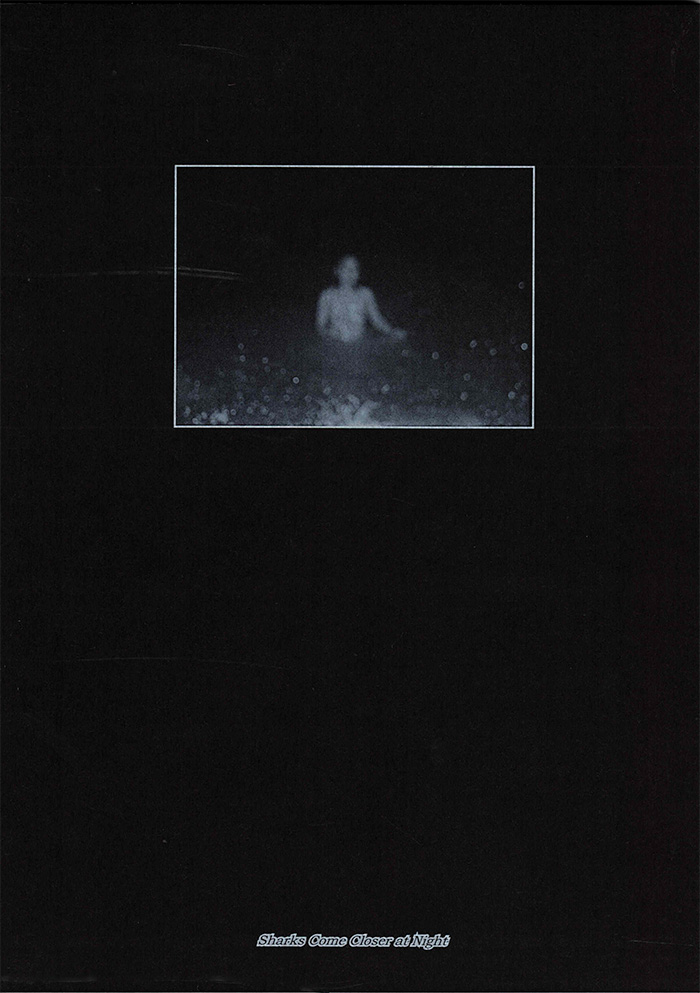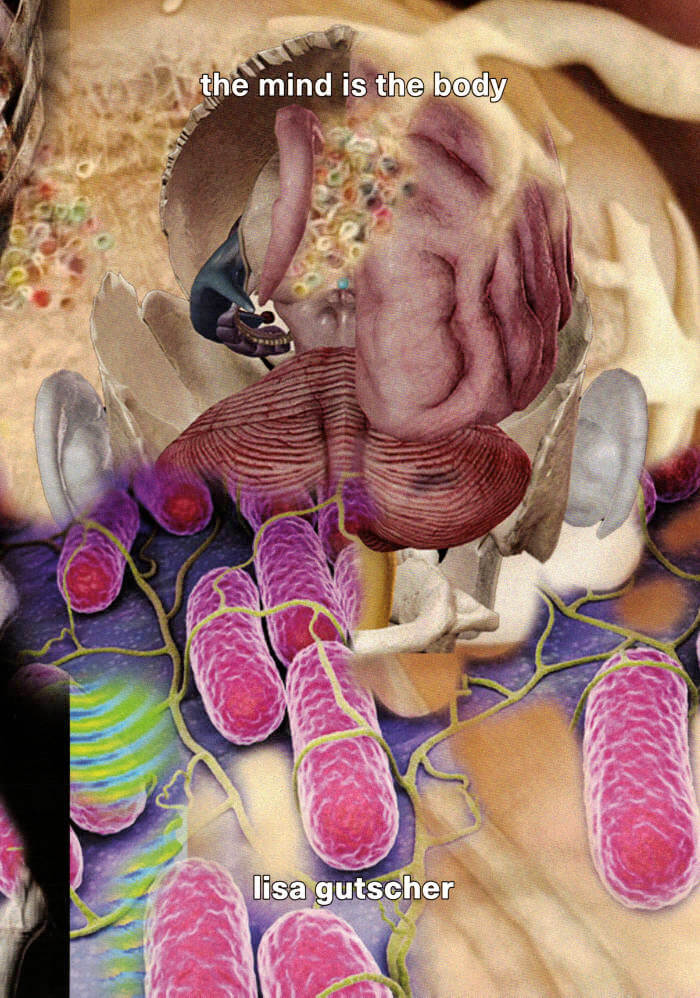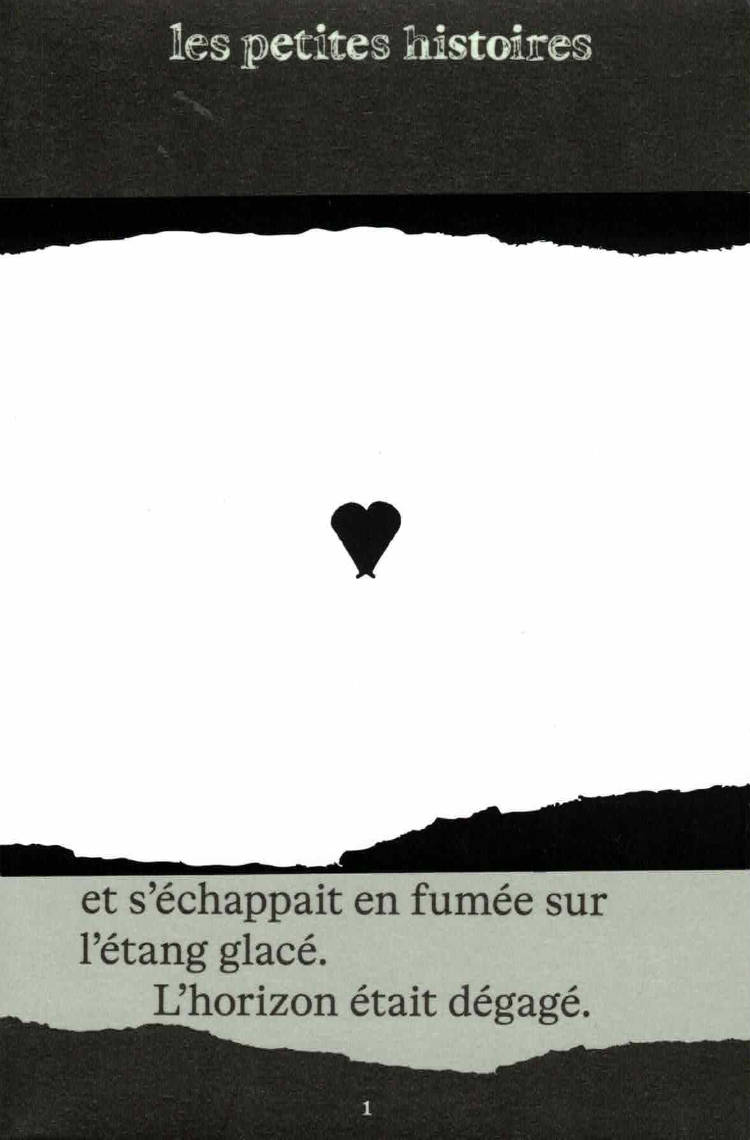
New Skin / Levitations
This book assembles the scripts of two solo performances levitations (2017) and New Skin (2018). Hannah De Meyer's work connects with the eco-feminist tradition and investigates the connections between femininity, ecology and decolonization. She merges text and movement into a quirky, hybrid theater language. Levitations is an enchanting trip along the peaks and valleys of De Meyers imagination. The recent new skin is an overwhelming feminist and ecological statement.
Language: English







